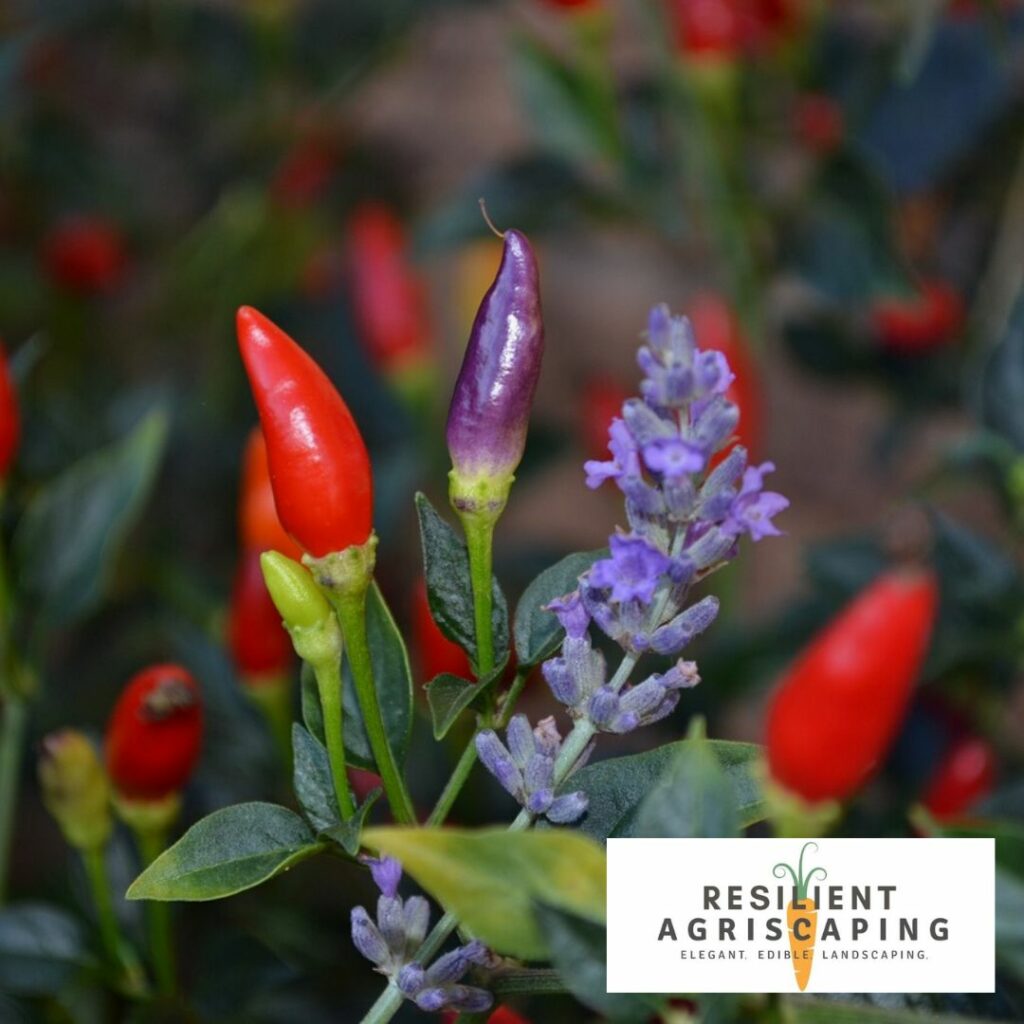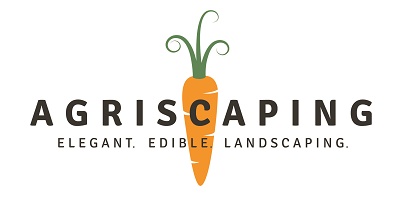Polyculture for Peak Performance

Polyculture for Peak Performance
In part four of our regenerative principles for soil health series we’re talking about companion planting, which compliments the other principles we already covered: minimize soil disturbance, protect soil surface, and maintain living roots. Next week we’ll discuss animal integration.
Let’s define some terms:
– Poly means many. Polyculture includes many kinds of plants, compared to monoculture with one kind of plant (imagine a field full of one kind of crop).
– Companion planting locates one plant near another that will benefit it. They may even be mutually beneficial. Companion plants can do things such as repel pests and critters, attract pollinators and predators that eat pests, fertilize the soil, and more.
– A plant guild is a group of companion plants. It is often centered around a fruit tree that provides shade or filtered light for the various edible plants below its canopy that each benefit the group in other ways.
Companion planting is not only good for plants, it also helps build healthy soil! Imagine a forest or jungle full of many varieties of plants. No one tends them and yet they thrive! Plants that like each other naturally do best near each other. All the living roots support a healthy soil microbiome that in turn supports all the plants in an amazing symbiotic relationship.

Each plant attracts a unique microbiome. Plant diversity above ground results in microbe diversity below ground. All the competition prevents disease-causing microbes from becoming too numerous. Healthy soil has a robust microbiome that helps plants get the nutrients they need to ward off pests and disease and produce abundant, nutrient-rich food for us.
Succession planting, like we talked about last week, especially when following the crop rotation principles you learn about in the Agriscaping Mastery Program (AMP), accomplishes many of the same effects described above. One of the awesome benefits AMP comes with is garden planner software that has, among other things, one-click planting, care, and harvest information for all your favorite edible plants along with the best companion plants for each one. It saves you immense amounts of time when you’re planning you’re garden beds.
What’s your next step?
—–
Chris Stevens is the founder of Sabbatical Ranch and Resilient Agriscaping in the mountainous highlands of Arizona and is available for virtual consultations worldwide. Want to save enormous amounts of time and money instead of wasting it on trial and error? It all starts with an Initial Productivity Assessment & Consultation customized to your landscape.
Want more Agriscaping Homestead content? Subscribe to our newsletter to be notified about new articles, webinars, and more.
